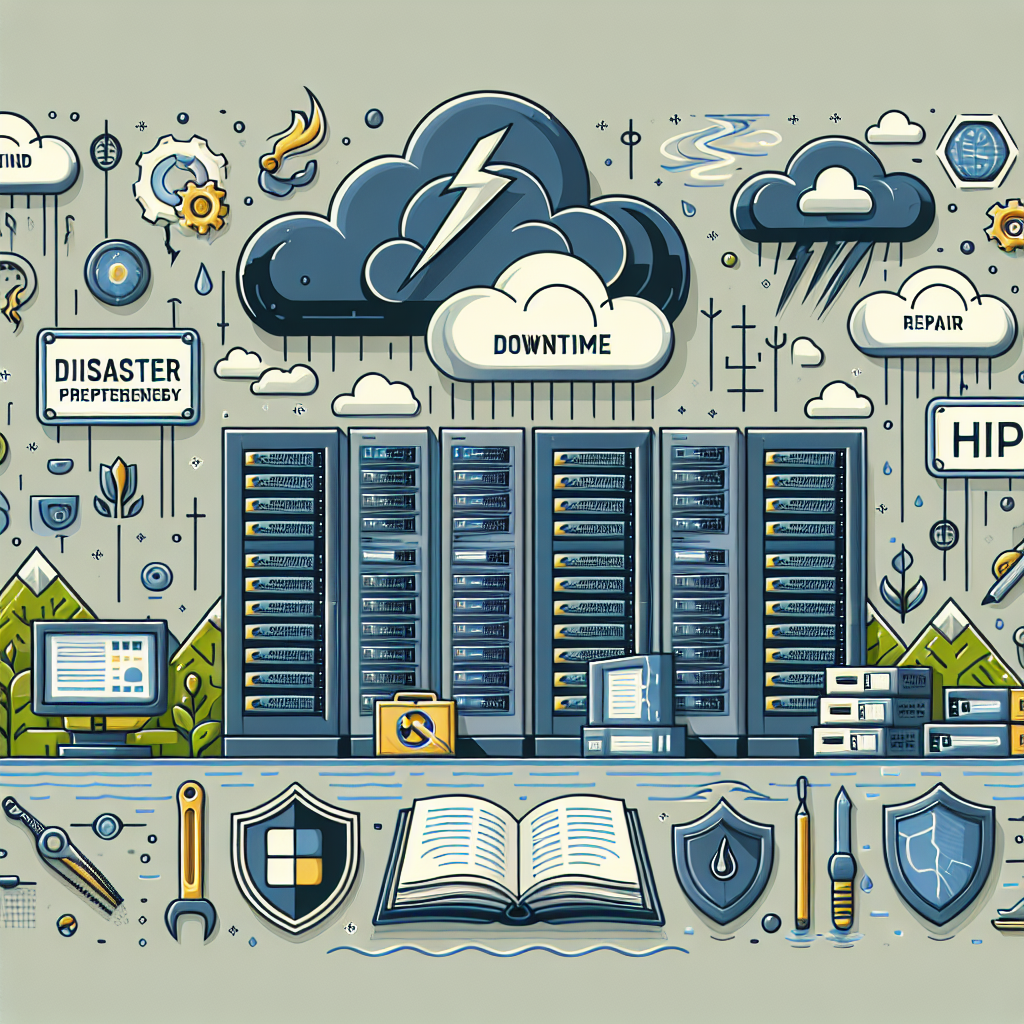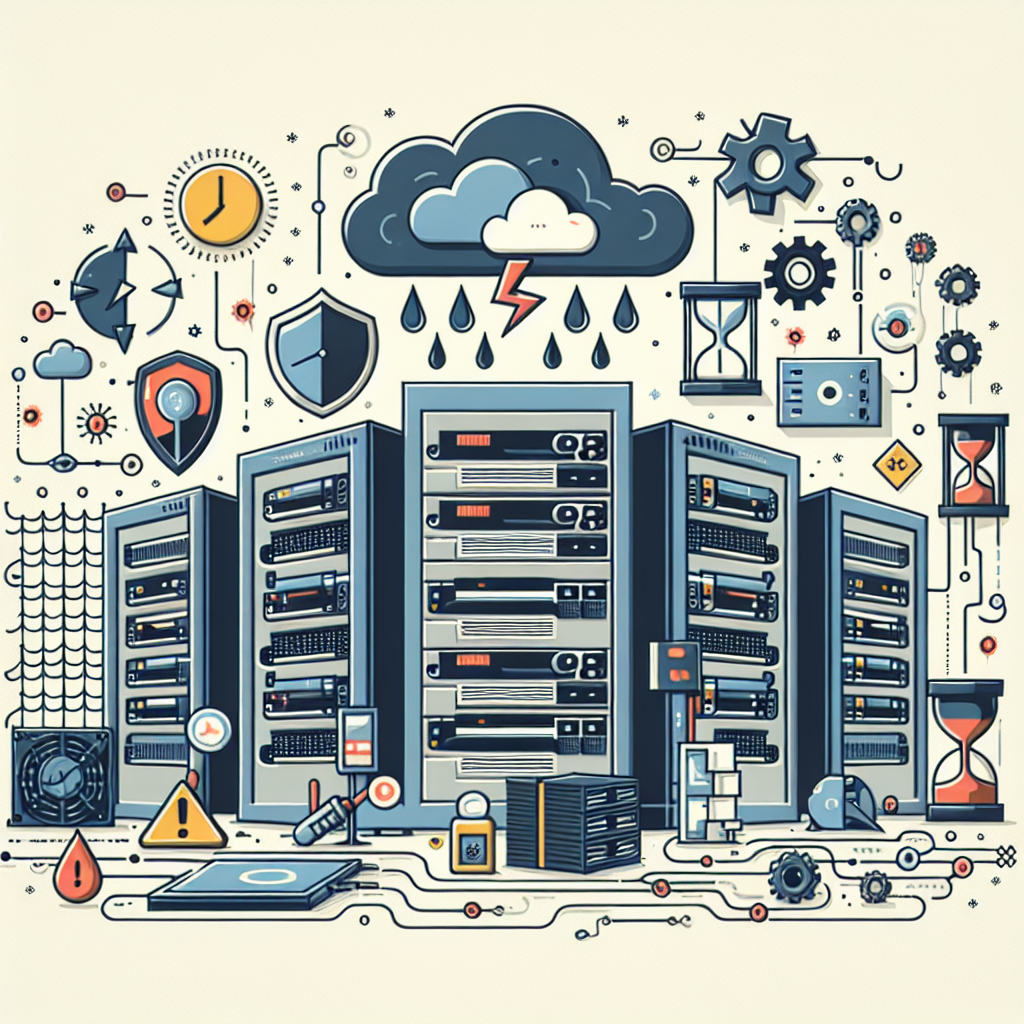Data center downtime can have serious consequences for businesses, ranging from financial loss to damage to reputation. Understanding the realities of data center downtime and implementing solutions to prevent it is crucial for ensuring the smooth operation of a company’s IT infrastructure.
One of the most immediate consequences of data center downtime is financial loss. According to a study by the Ponemon Institute, the average cost of data center downtime is around $9,000 per minute. This can quickly add up to significant losses for businesses, especially those that rely heavily on their IT systems for day-to-day operations.
In addition to financial loss, data center downtime can also result in damage to a company’s reputation. Customers expect businesses to be available 24/7, and any interruption in service can lead to frustration and dissatisfaction. This can ultimately lead to a loss of customers and damage to the business’s brand.
There are several factors that can contribute to data center downtime, including hardware failure, power outages, and human error. To prevent downtime, businesses should implement measures such as regular maintenance and monitoring of IT systems, redundant power sources, and disaster recovery plans.
One solution that can help prevent data center downtime is the use of colocation services. Colocation providers offer secure and reliable data center facilities that are designed to minimize the risk of downtime. By colocating their servers in a data center, businesses can benefit from the provider’s expertise in maintaining and monitoring IT systems, as well as access to redundant power sources and backup generators.
Another solution to prevent data center downtime is the use of cloud services. Cloud providers offer scalable and reliable IT infrastructure that can help businesses avoid the risks associated with maintaining their own data centers. By moving their IT systems to the cloud, businesses can benefit from the provider’s expertise in managing and monitoring IT systems, as well as the flexibility to quickly scale up or down as needed.
In conclusion, the realities of data center downtime are clear: it can result in financial loss, damage to reputation, and disruption to business operations. By understanding the consequences of downtime and implementing solutions to prevent it, businesses can ensure the smooth operation of their IT infrastructure and avoid the costly repercussions of downtime. Whether through colocation services or cloud solutions, businesses have a range of options available to help protect against data center downtime and keep their operations running smoothly.









